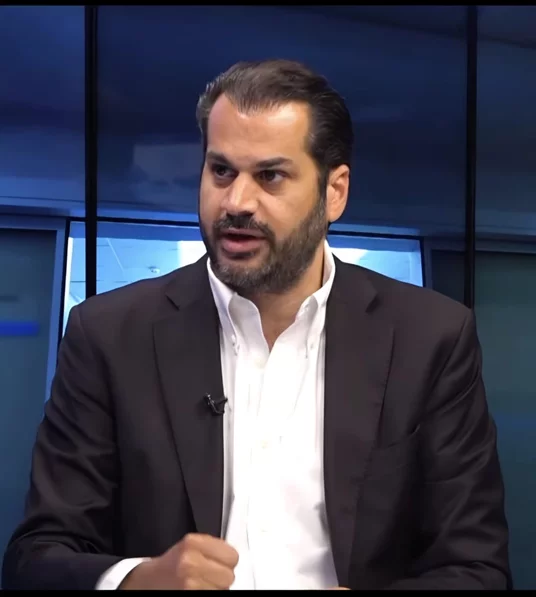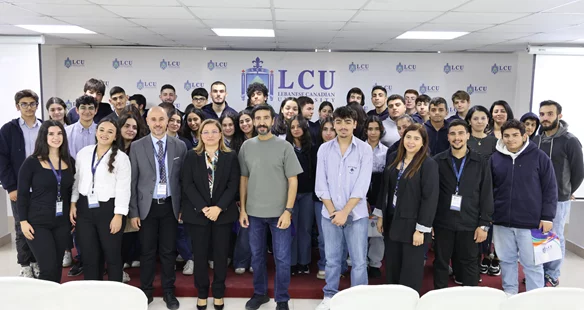It usually takes a magic spell to fall asleep this quickly and on cue, but just like spells, with practice you can eventually get to the sweet 10-second spot.
Note: The method below takes a full 120 seconds to finish, but the last 10 seconds is said to be truly all it takes to finally snooze.
The military method
- Relax your entire face, including the muscles inside your mouth.
- Drop your shoulders to release the tension and let your hands drop to the side of your body.
- Exhale, relaxing your chest.
- Relax your legs, thighs, and calves.
- Clear your mind for 10 seconds by imagining a relaxing scene.
- If this doesn’t work, try saying the words “don’t think” over and over for 10 seconds.
- Within 10 seconds, you should fall asleep!
If this doesn’t work for you, you may need to work on the foundations of the military method: breathing and muscle relaxation, which have some scientific evidence that they work. Also, some conditions such as ADHD or anxiety may interfere with this method’s effectiveness.
Keep reading to learn about the techniques this military method is based on and how to practice them effectively.
These two methods, which focus on your breathe or muscles, help you take your mind off topic and back to bed.
If you’re a beginner trying these hacks out, these methods may take up to 2 minutes to work.
4-7-8 breathing method
Mixing together the powers of meditation and visualization, this breathing method becomes more effective with practice. If you have a respiratory condition, such as asthma or COPD, consider checking with your doctor before beginning, as this could aggravate your symptoms.
To prepare, place the tip of your tongue against the roof of your mouth, behind your two front teeth. Keep your tongue there the whole time and purse your lips if you need to.
How to do one cycle of 4-7-8 breathing:
- Let your lips part slightly and make a whooshing sound as you exhale through your mouth.
- Then close your lips and inhale silently through your nose. Count to 4 in your head.
- Then hold your breath for 7 seconds.
- After, exhale (with a whoosh sound) for 8 seconds.
- Avoid being too alert at the end of each cycle. Try to practice it mindlessly.
- Complete this cycle for four full breaths. Let your body sleep if you feel relaxation coming on earlier than anticipated.
Progressive muscle relaxation (PMR)
Progressive muscle relaxation, also known as deep muscle relaxation, helps you unwind.
The premise is to tense — but not strain — your muscles and relax to release the tension. This movement promotes tranquility throughout your body. It’s a trick recommended to help with insomnia.
Before you start, try practicing the 4-7-8 method while imagining the tension leaving your body as you exhale.
Relaxation script
- Raise your eyebrows as high as possible for 5 seconds. This will tighten your forehead muscles.
- Relax your muscles immediately and feel the tension drop. Wait 10 seconds.
- Smile widely to create tension in your cheeks. Hold for 5 seconds. Relax.
- Pause 10 seconds.
- Squint with your eyes shut. Hold 5 seconds. Relax.
- Pause 10 seconds.
- Tilt your head slightly back so you’re comfortably looking at the ceiling. Hold 5 seconds. Relax as your neck sinks back into the pillow.
- Pause 10 seconds.
- Keep moving down the rest of the body, from your triceps to chest, thighs to feet.
- Let yourself fall asleep, even if you don’t finish tensing and relaxing the rest of your body.







.webp)

















